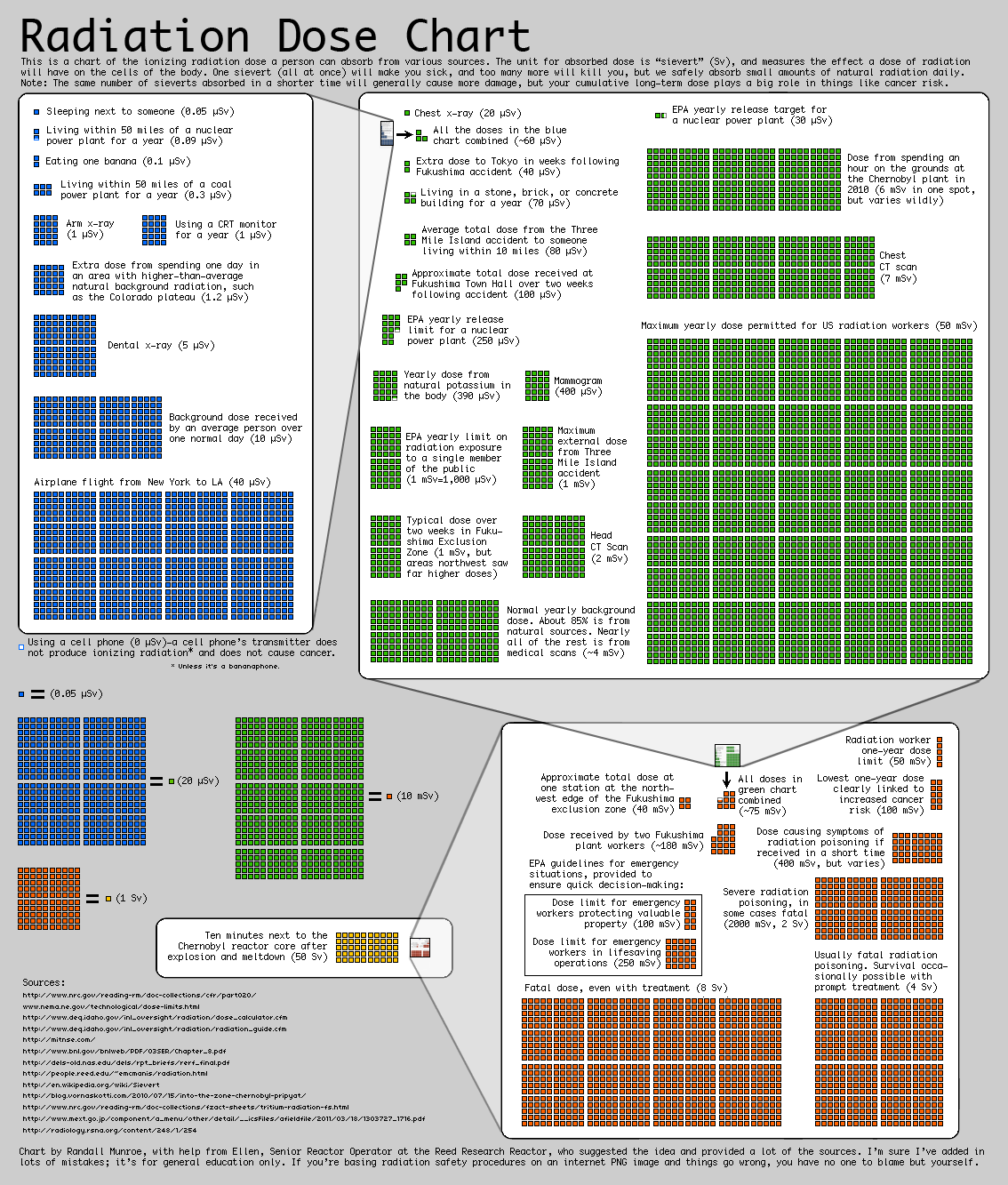Originally Posted: Tue Aug 13 2019 21:27:04 GMT-0400 (Eastern Daylight Time)
Note: This note originally preceded the above post
... But does it work on a Plane?
Sorry if you were expecting some sort of clever rhyme there.
As readers interested in ionizing radiation and devices for measuring radiation probably already know, our atmosphere shields us from lots of space radiation (cosmic rays). A commercial airline flight, flying at about 40,000 feet (12,000 meters) is above the majority of this shielding atmosphere. Yes, planes are generally made of metal, but a very thin aluminium skin is not going to make up for 10's of thousands of feet of atmosphere. As a result, all passengers on commercial flights are subject to a significant dose of radiation every time they fly. And, Yes, it's worse for frequent flyers, those on long-haul (international) flights, and of course, pilots and flight attendants.
So can the Rodnik 3 show us the dose a passenger receives? Is it legal to take on a plane?
I recently went on a business trip, and I took my Rodnik 3 with me. I tossed it in my backpack with other typical electronic gadgets, such as 2 laptops, associated cables, mice, chargers, etc. It passed through security with no attention from those
very friendly folks with the latex gloves. Carrying radioactive materials on a commercial flight is illegal, but the Rodnik 3, and similar devices
detect radiation. They are not, themselves, radioactive, and taking one on a plane is no different than taking other consumer electronics.
Here's a screen shot from after the plane reached the top of climb:
 Rodnik 3 Ionizing Radiation Meter showing typical radiation levels on a commercial airline flight at 39,000 feet. Image adjusted for display contrast only.
Rodnik 3 Ionizing Radiation Meter showing typical radiation levels on a commercial airline flight at 39,000 feet. Image adjusted for display contrast only.
A few observations:
- The contrast of the display was edited due to the strong sunlight only. As I have mentioned before, the display of the Rodnik 3 is actually very crisp and easy to read.
- This was an east-bound flight, so we must have been at an odd multiple of thousands of feet -- I'm assuming 39,000 feet in this case.
- While the shot did not catch the LED on, it is flashing as indicated by the 'A' for alarm.
- There is actually an advantage to the audible alarm being so quiet. With the noise of the aircraft, other passengers won't notice the alarm. Note that I am covering the holes over the buzzer just to be sure.
The display is indicating 3.41 µSv/h. Again, using my round number of 0.10 µSv/h for normal sea-level background levels, I am receiving 34.1 times the normal radiation level.
This coincides very closely to what is listed on Spaceweather.com for an "average" flight (scroll to "Cosmic Rays in the Atmosphere"):
http://spaceweather.com/
Descending back into the thick air of a Florida summer, the counts went down quickly. By the time the fight attendants announced we were descending through 10,000 feet, the Rodnik 3 only indicated about 2 -3 times normal background, although by looking at the developing cumulus clouds at that same time, I estimate we were more likely between 8,000 and 5,000 feet when that announcement was made.
This exercise also points out one of the biggest deficiencies of the Rodnik 3. As mentioned in the review, it does not measure accumulated dose. A meter like the Ecotest MKS-05 Terra-P (Reviewed Here:
http://linuxslate.com/Review_Terra-P.html) has an accumulated dose feature that could be reset before a flight, and measure the total accumulated dose for a specific flight. In this mode, it could even continue to record accumulated dose while placed in checked luggage.



